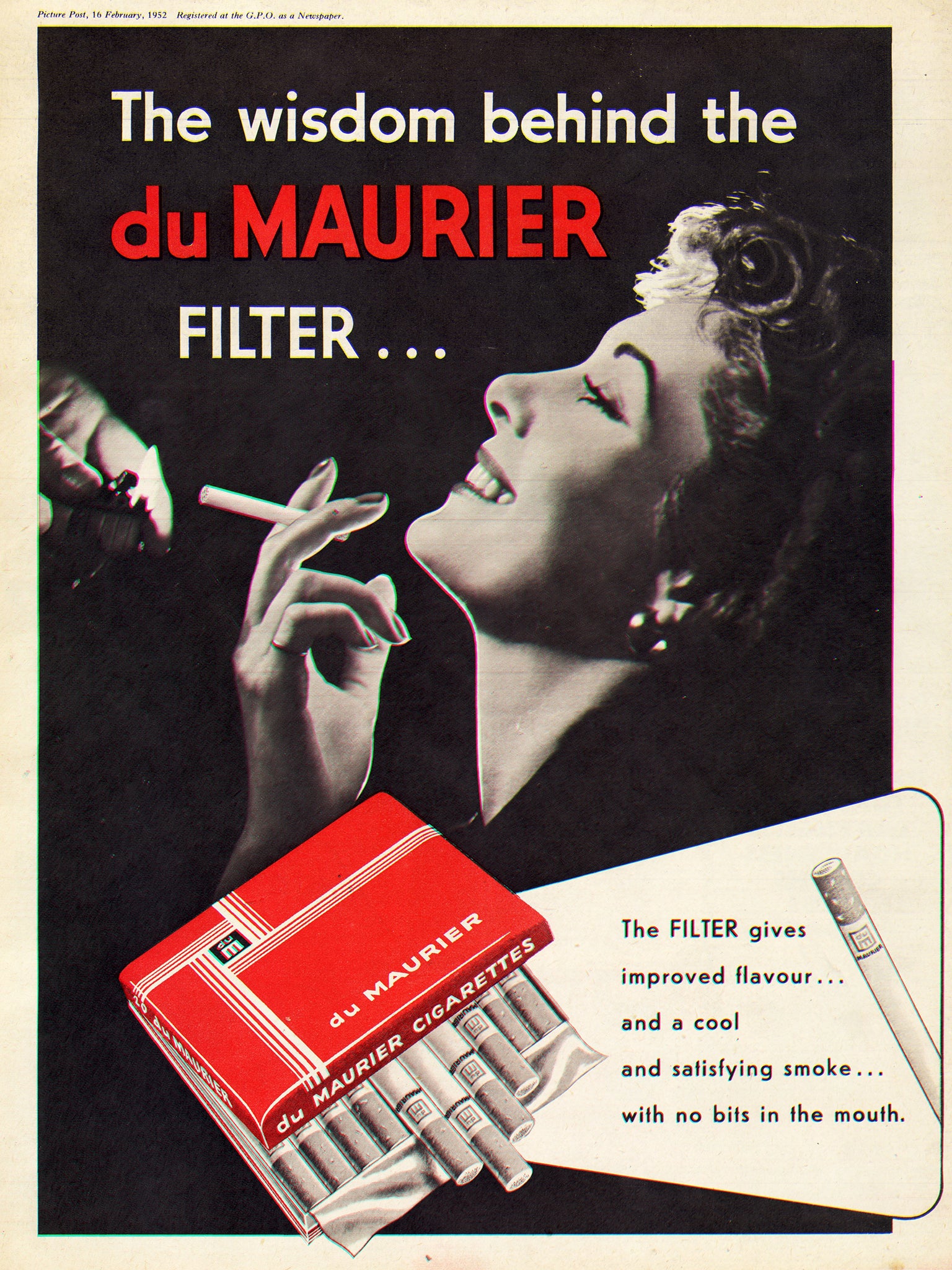Plain packaging for cigarettes will see the end of some wickedly wonderful marketing
The government wants cigarettes to be in plain packs, but Big Baccy won't be the only loser, says Tim Willis

Another nail in the coffin for the tobacco industry, then, if not for its untapped markets. Should the Government get its way, the ability to buy the smoke you prefer – already hampered in supermarkets by shuttered cabinets that prevent you from viewing the full range – will be further curtailed by the introduction of plain packaging for fags and baccy. The idea is not to make smokers feel like social lepers, though brown wrappers do rather smack of the Soho sex shop, but to weaken the bonds of loyalty between addict and pusher; and to denude the products of any attractive associations that may still cling to them.
The smoking lobby may argue that, however impressionable the youth, they can resist striking colours and distinctive typefaces, which are now just about their only means of communication with the public (and even then with grisly pictures of shrivelled lungs and terrible health warnings). Their opponents would reply that, if the branding doesn't matter, then why not dispense with it?
This approach ignores the fact that, while smokers in dire need will pull on anything to reduce the craving, they are loyal to their brand's taste as well as the "values" implied by its wrapping. (And yes, abstainers, different cigarettes do have different tastes, from the toasty hit of a Marlboro Red to the creamier feel of a blue Pall Mall.) It also relies for support on statistics from Australia that are hotly contested.
The plain brigade claims that the number of smokers on the continent who daily drag on tax-legal fags has declined. The tobacco giants reply that household expenditure on tabs has actually increased. The legit business says that tax-evading smuggling and (even more dangerous) counterfeiting are on the rise in Oz, the government disputes that. And your correspondent? I can't help but feel nostalgic for the far-off Fifties, when cigarette marketing was unregulated: when Consulates were "cool as a mountain stream" and "more doctors smoke[d] Camel than any other cigarette".
Those were the glory days. (Excuse my cough.) But even in the Sixties, there were cards to collect in every pack of Players, from kings and queens to birds of prey and famous cricketers. If you amassed enough Embassy vouchers, you could buy a lawn mower from its catalogue. And the best ads on telly were the Hamlet series, featuring a bloke whose best-laids plans, having gone awry, were always put in proportion by sparking up a cigar to "Air on a G String".
Smoking really was laden with positive associations back then. Today, mindful of advertising guidelines, most brands make do with memorable combinations of strong colours signifying nothing. But the bearded Jack Tar on Navy Cut (later transferred to Gold Leaf) seemed an appeal to the spirit of Trafalgar.
When promotion on television was banned, the press adverts for Rothmans, showing the cuff of an airline pilot whose hand rested on his joystick, promised a jet-set life at the dawn of mass tourism. And a pack of Benson & Hedges was a bar of solid gold.
That gilded packaging came in handy when tobacco ads were first relegated to billboards, then forbidden from showing boxes, cartons, cigarettes, smoke – even the name of the snout being sold. Now the Mad Men really came into their own. Since the compulsory health warning identified the product as smokeable, clever "golden" photographs did the rest of the work for B & H. Saatchi pulled the same trick with Silk Cut, which had laid claim to the colour purple, featuring a solid square of it on the front of their boxes: cue hoardings that started with a piece of cut purple silk and developed the theme ad absurdum.
So successful was this campaign that – when all imagery was barred – Silk Cut pushed its ultra-light "white" line with pristine billboards that only featured the government health warning. Around the same time, the manufacturers commissioned a lavish magazine, of which I was editor. To stay the right side of the law, it had no title and contained no references to cigarettes, smoking or Silk Cut. To stay the right side of the client, it avoided the subject of mortality.
Soon after, perhaps spotting a gap in the market, a London entrepreneur launched Death cigarettes – with a skull and crossbones logo against a black background – and both briefly flourished: testaments to the ingenuity of creative minds put to the service of controversial agendas, and perhaps a foretaste of the problems ahead for today's legislators.
True, the plain-packers will take some of the fun out of the fags. No more will conspiracy theorists link Marlboro's three chevrons to the Ku Klux Klan – KKK, you see – or interpret its red-black-and-white colour scheme as a tribute to the Nazis (possibly the only people to employ it to greater effect). No more will they spot male genitalia and naked females hidden in the Camel logo. But don't expect the makers to surrender without a fight.
When I was editing Silk Cut's magazine, a Gallagher executive told me – only half in jest – that if restrictions got any tighter, the firm would relocate to Andorra and fly leaflet-drops over London. In fact, the manufacturers will probably try to differentiate their products by other means than packaging. Dyeing them, for example (as Sobranie already does with its cocktail cigarettes). Or distinguishing them by length, as More already does with its spindly smokes for women. Because Big Baccy is like its most loyal customers. It doesn't want to quit.
Join our commenting forum
Join thought-provoking conversations, follow other Independent readers and see their replies
Comments